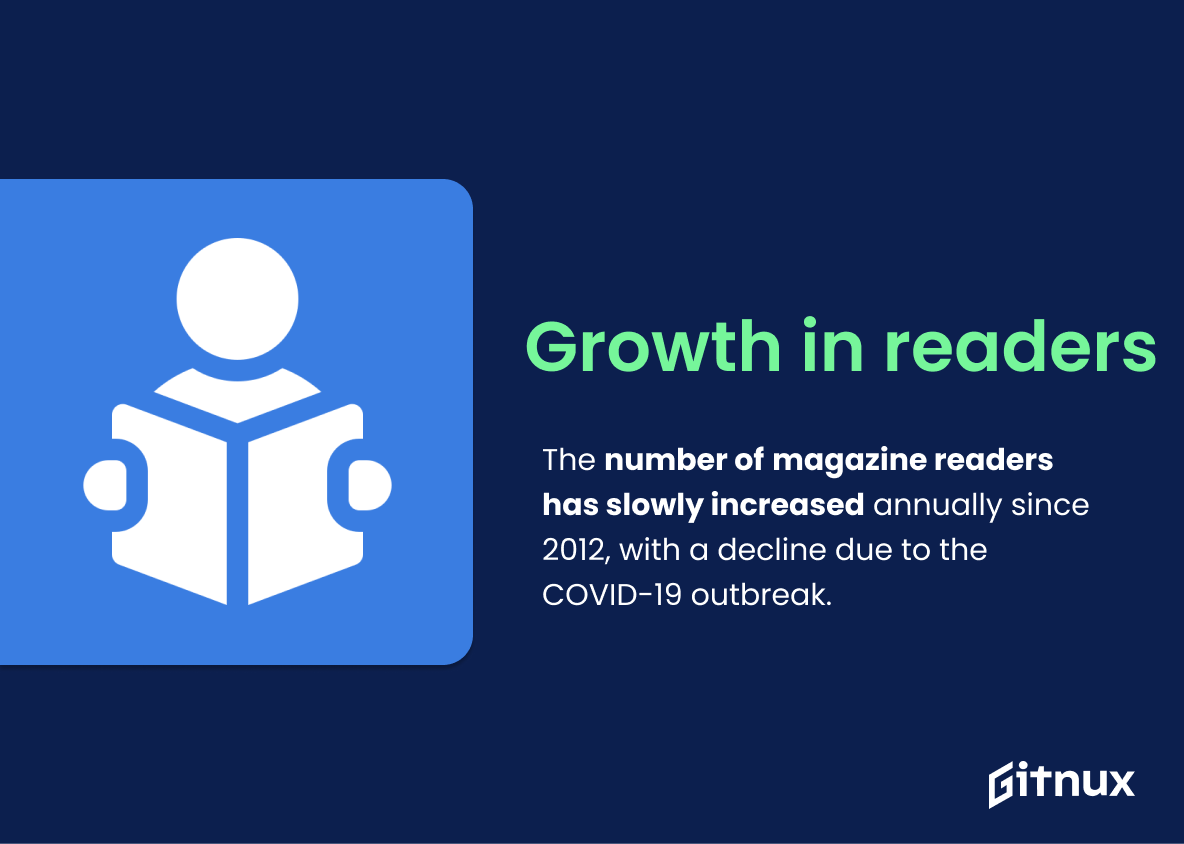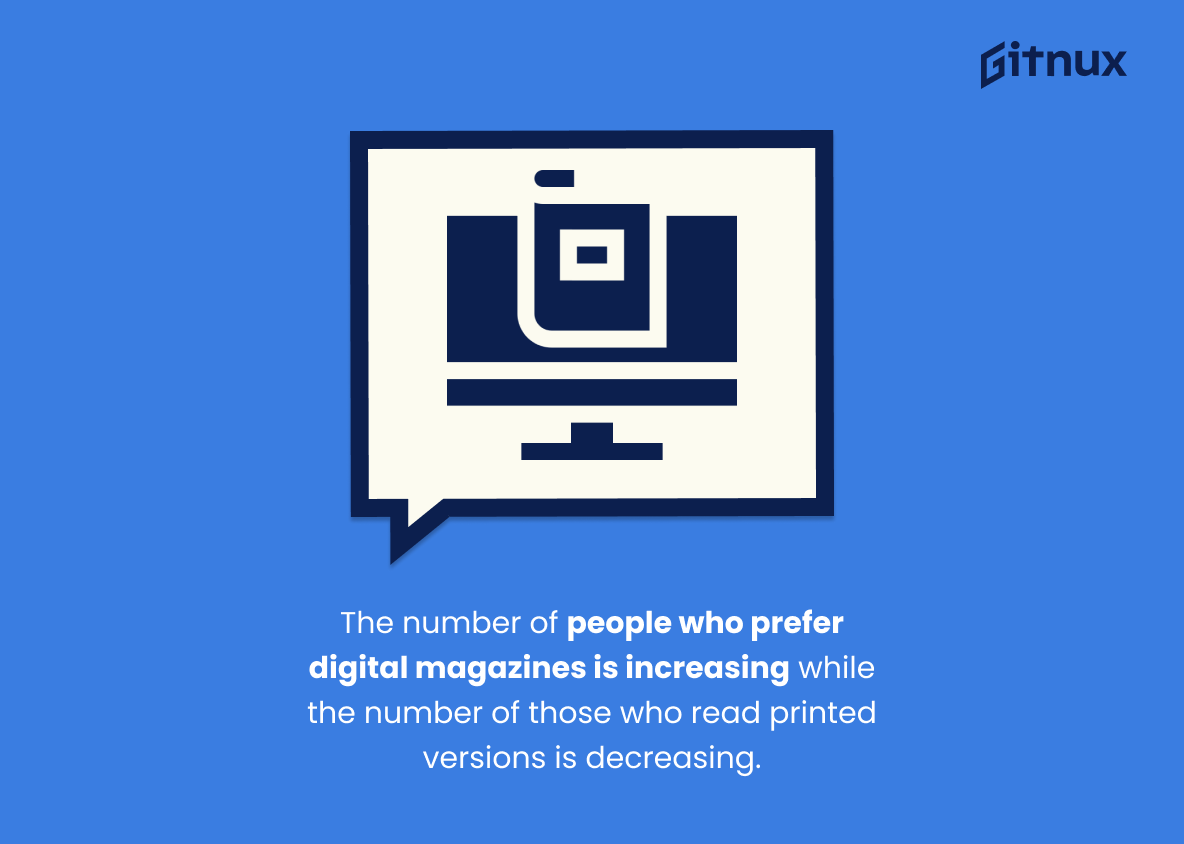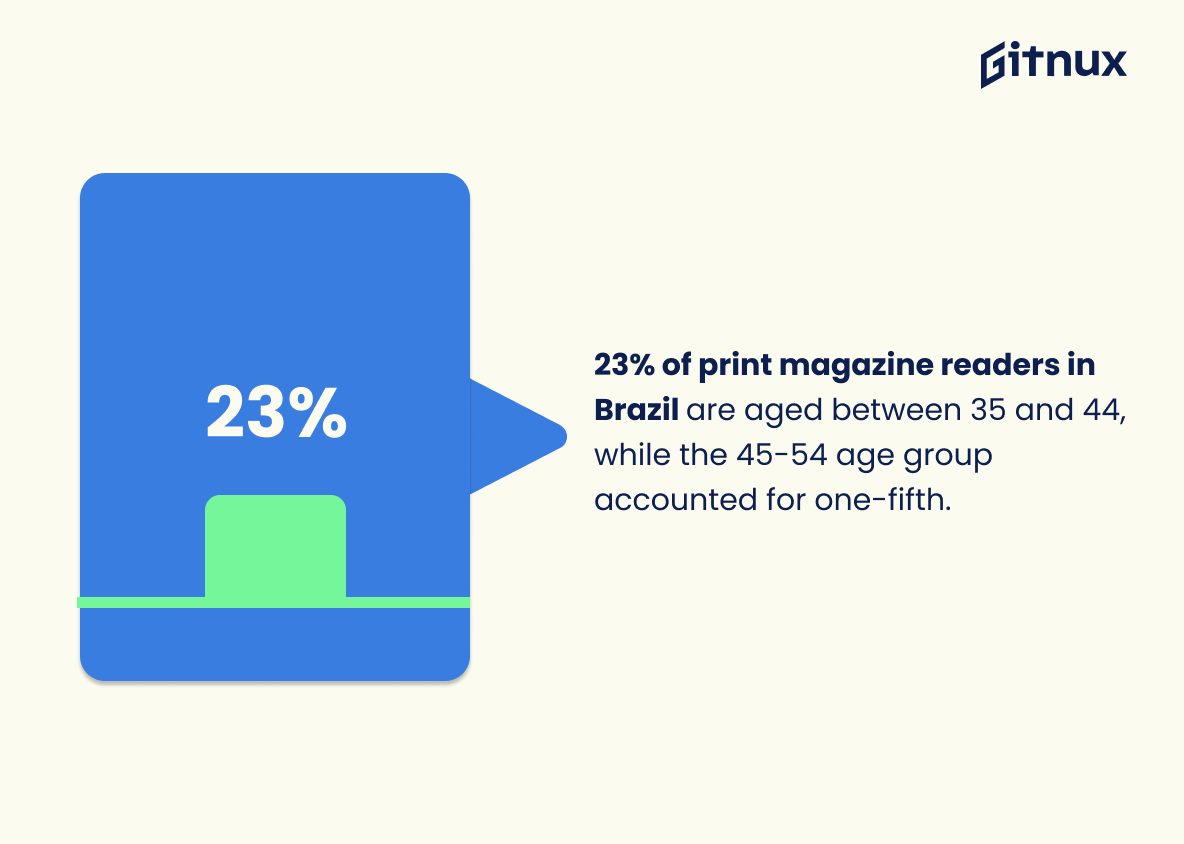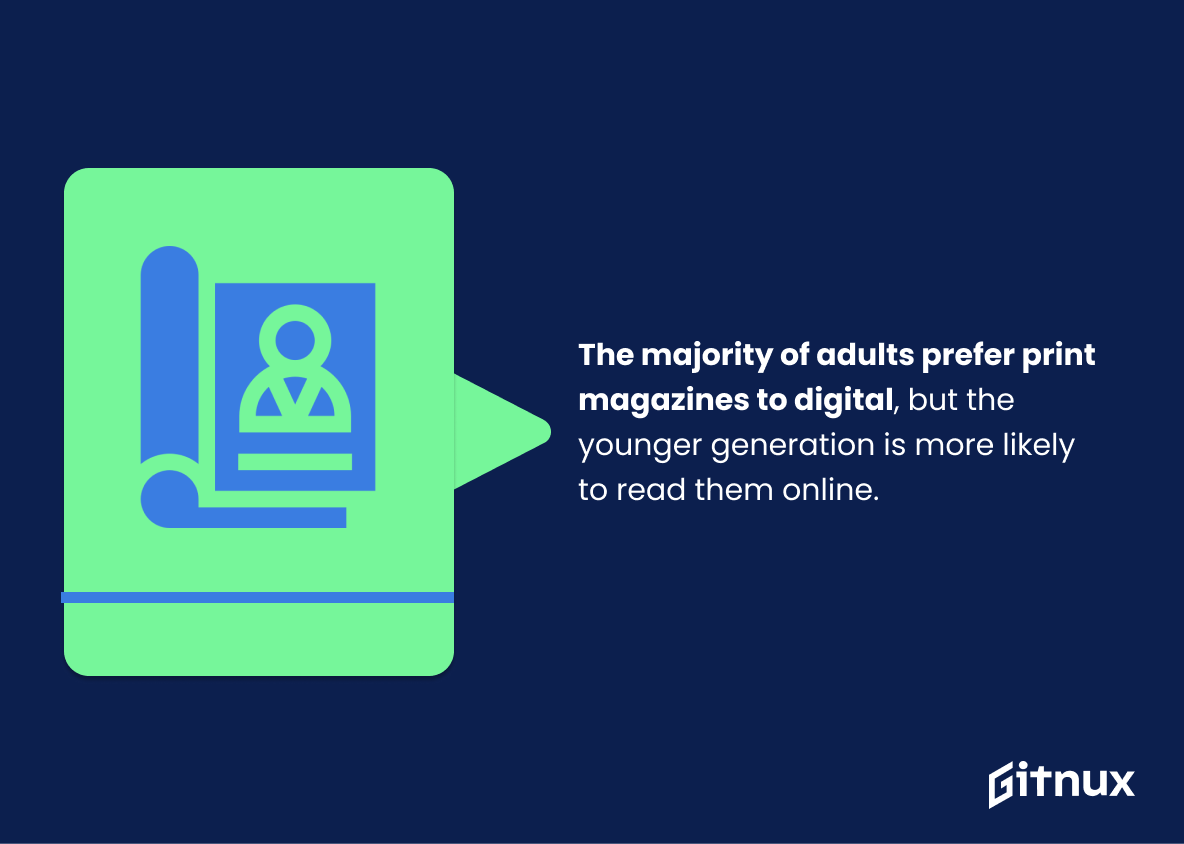In this article, we will be exploring the latest trends in magazine readership and how they impact the magazine industry. We will look at the demographics of magazine readers, the types of magazines they read, and the reasons why they read them.
We will also discuss how magazine readership has changed over the years and how it affects the magazine industry. Finally, we will look at the potential future of magazine readership and what it means for the industry.
Magazine Readership: The Most Important Statistics
25-34-year-olds make up the largest proportion of magazine readers, followed by 18-24-year-olds and 35-44-year-olds.
23% of print magazine readers in Brazil are aged between 35 and 44, while the 45-54 age group accounted for one-fifth of the readership.
Magazine Readership: Statistics Overview
The number of magazine readers has slowly increased annually since 2012, with a decline due to the COVID-19 outbreak, but is now slowly increasing again.
This statistic is important to understand the trends in magazine readership over the past decade. It shows that the number of readers is slowly increasing, even with the impact of the pandemic, and that the industry is still viable.
This information can be used to inform decisions about investments in magazine readership and to plan for future growth.
The number of people who prefer digital magazines is increasing while the number of those who read printed versions is decreasing, and is expected to surpass printed versions in 2023.
This shows the changing preferences of magazine readers and the shift from print to digital. This trend is important for magazine publishers to be aware of in order to adjust their strategies accordingly and ensure that they are providing content in the formats that their readers prefer.
25-34-year-olds make up the largest proportion of magazine readers, followed by 18-24-year-olds and 35-44-year-olds.
This provides an insight into which age group is most likely to read magazines, which can help publishers target their content and advertising to the most relevant age group.
23% of print magazine readers in Brazil are aged between 35 and 44, while the 45-54 age group accounted for one-fifth of the readership.
The majority of print magazine readers in Brazil are in the 35-44 age group, indicating that this age group is the most likely to engage with printed magazines.
Additionally, it is significant to note that this statistic does not include online readers, which are more likely to be younger readers, indicating that the overall readership of magazines in Brazil is likely to be even higher.
Women are more heavily engaged with print magazines than men, reading an average of 17.1 issues from 7.7 titles.
Women are more likely to read magazines than men, and that they are more likely to read more titles and issues than men.
This is important to consider when marketing magazines and understanding the magazine readership.
The number of online readers has grown significantly since 2013, with a 13% increase in men and 19% increase in women.
Men slightly outnumber women in online magazine and news readership. This statistic is essential because it shows that online readership is increasing, and that more men and women are using the internet to keep up with current news and events.
This is critical for magazine readership statistics, as it shows that more people are turning to online sources for news and information, and that magazines need to adjust their strategies to reach these readers.
Finland has the highest daily readers of written press in Europe, with 51% of citizens reading printed press every day, followed by the Netherlands and Sweden with 48% and 39% respectively.
This statistic is significant because it shows the level of engagement with written press in Europe, and that Finland has the highest level of engagement with printed magazines. This could be useful for magazine publishers looking to target readers in Europe.
The USA, UK, Finland, Sweden and Netherlands have the highest percentage of online magazine readers.
The majority of online magazine readers are located in the European region, excluding the USA, and that the top 5 countries with the most readers are the USA, UK, Finland, Sweden and Netherlands.
The majority of adults prefer print magazines to digital, but the younger generation is more likely to read them online.
The magazine industry needs to adapt to the changing preferences of readers in order to remain relevant.
20% of all new magazine launches in 2020 were in the craft, games and hobbies category, demonstrating the demand of people for these types of publications.
There is a large demand for craft, games and hobbies magazines, which is reflected in the number of new magazine launches in this category.
This demonstrates that readers are interested in these types of publications, which is important for magazine publishers to consider when deciding which types of magazines to produce.
Conclusion
In conclusion, magazine readership statistics show that magazines are still a popular source of information and entertainment for many people. Although the digital age has changed the way people consume media, magazines remain a popular choice for many readers.
As the industry continues to evolve, it is important to keep track of readership trends in order to better understand the needs and interests of magazine readers.
References
1 – Number of magazine readers in the U.S. 2021 | Statista
2 – Newspapers & Magazines – Global | Statista Market Forecast
3 – Distribution over age category of magazine readership and models.
4 – Brazil: print magazine readers by age group 2021 | Statista
5 – https://www.mediapost.com/publications/article/207565/men-women-and-media-united-by-media-divided-by.html
6 – UK: people reading news online, by gender | Statista
7 – Europe: daily usage of print media by country 2022 | Statista
8 – Digital Newspapers & Magazines – Global | Market Forecast
9 – Magazine readership U.S. by format 2020 | Statista
10 – Magazine launches in the U.S. by category 2020 | Statista
ZipDo, cited June 2023: Magazine Readership Statistics










